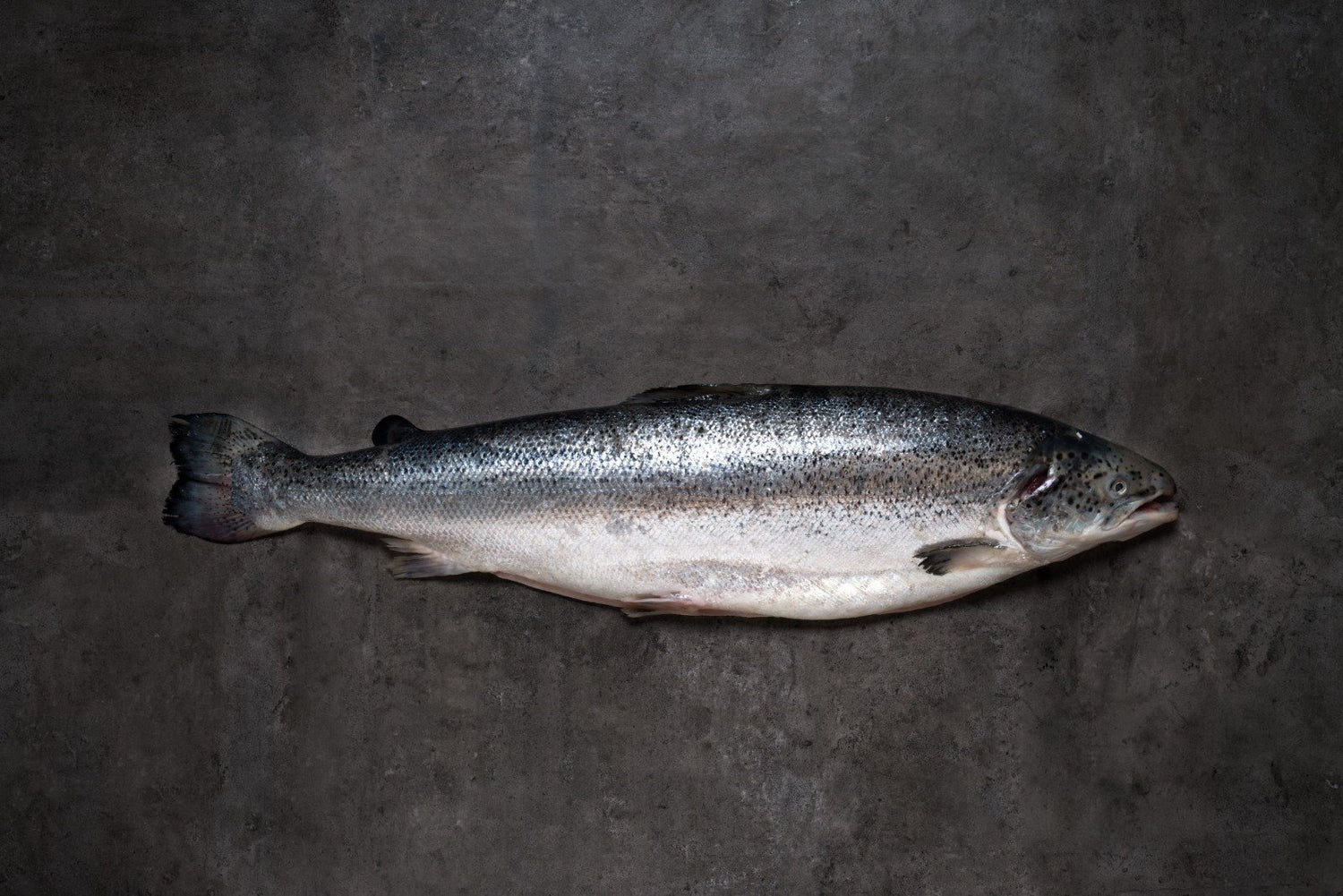New Zealand King Salmon 新西兰帝王三文鱼
From source, to you – Mt Cook is located deep in the southern alps of New Zealand, farming their King Salmon in pristine glacial freshwater. Only 0.7% of the world’s farmed salmon is King, so this is truly a rare treat. It’s considered the King of Salmons because it has some of the highest levels of omega-3 and Astaxanthin (a powerful antioxidant) per serving, compared to other salmon. Full of flavour with a deliciously delicate texture, it also helps support healthy hearts, brains functions and joints mobility.
Port65 imports New Zealand King Salmon from Mt Cook weekly.

Technical Information


